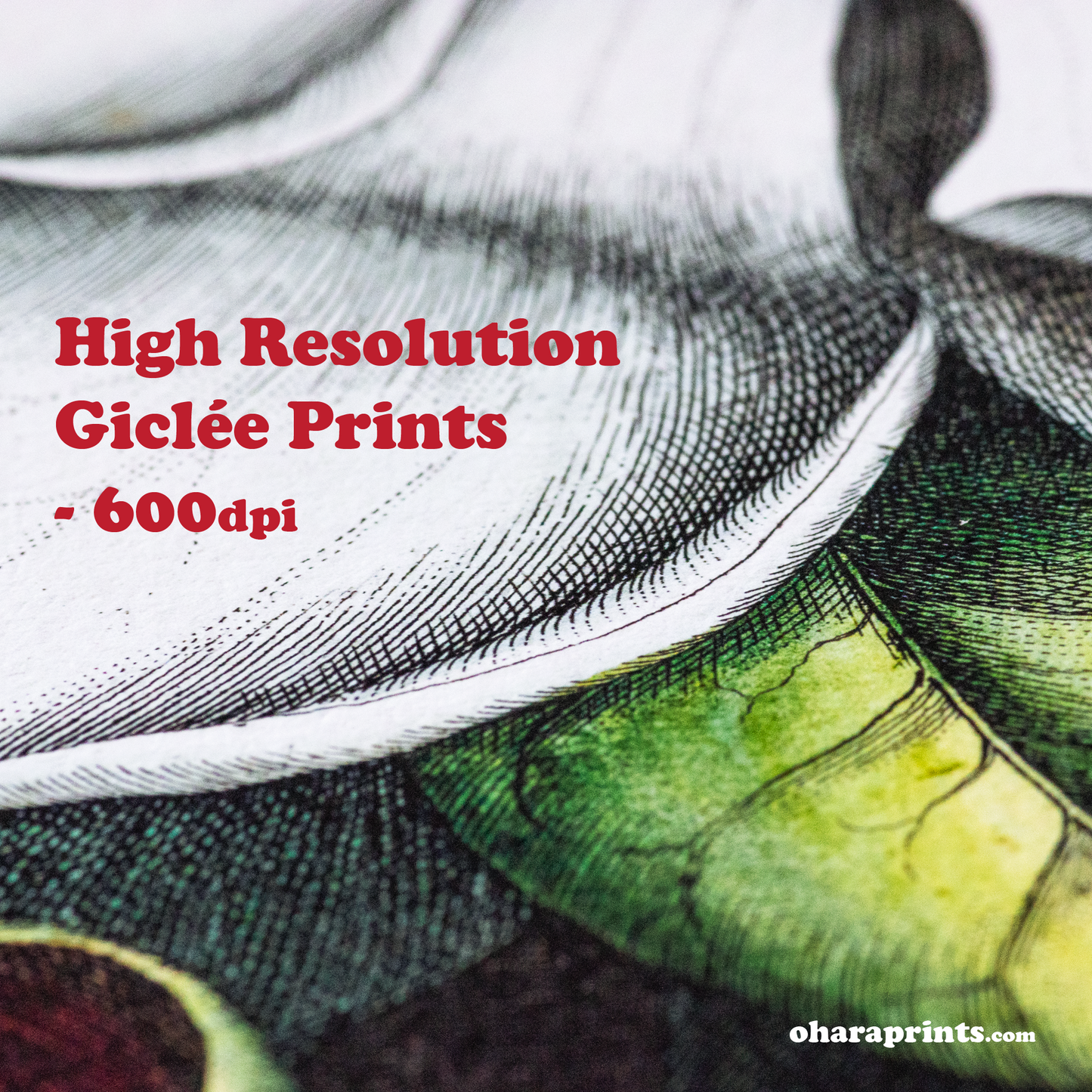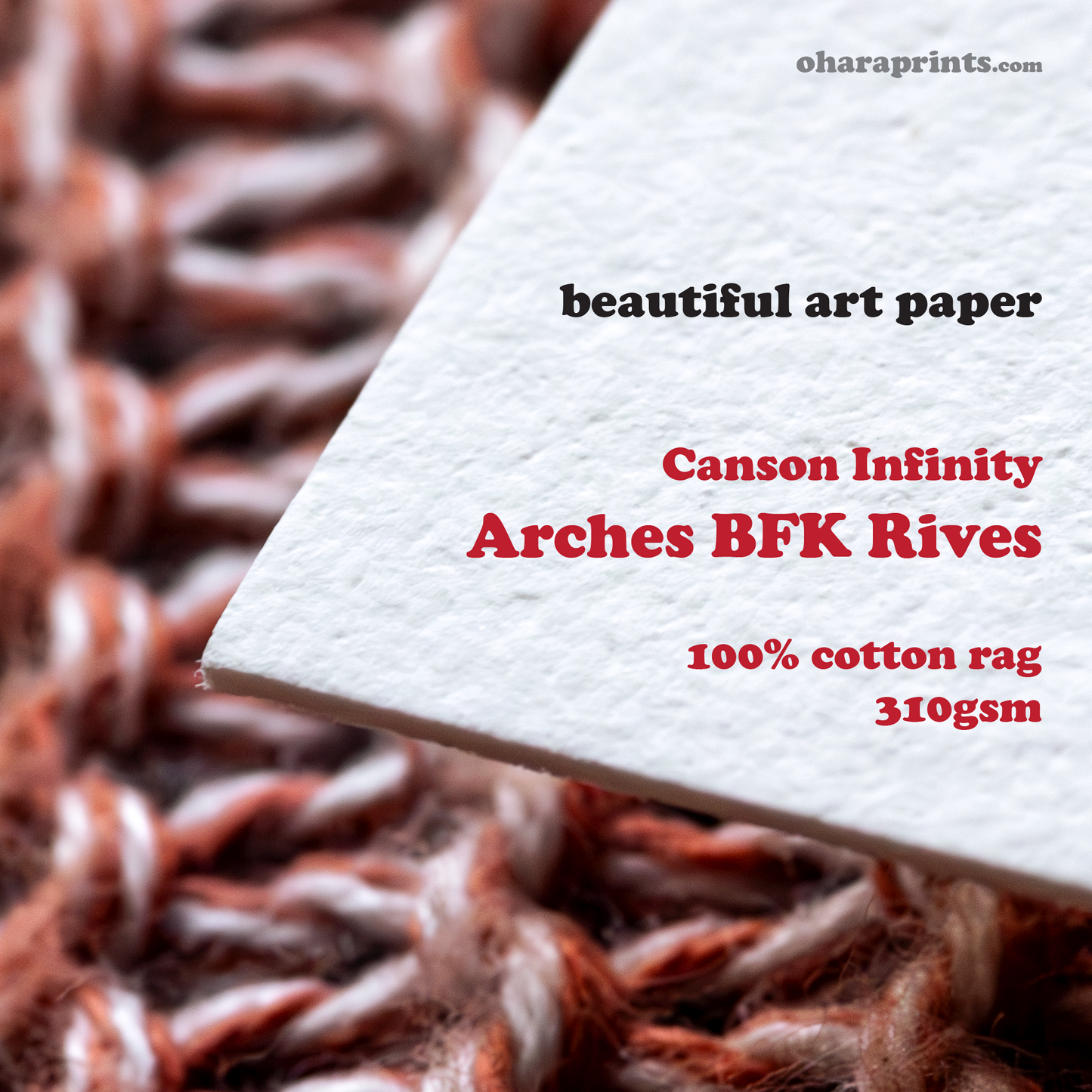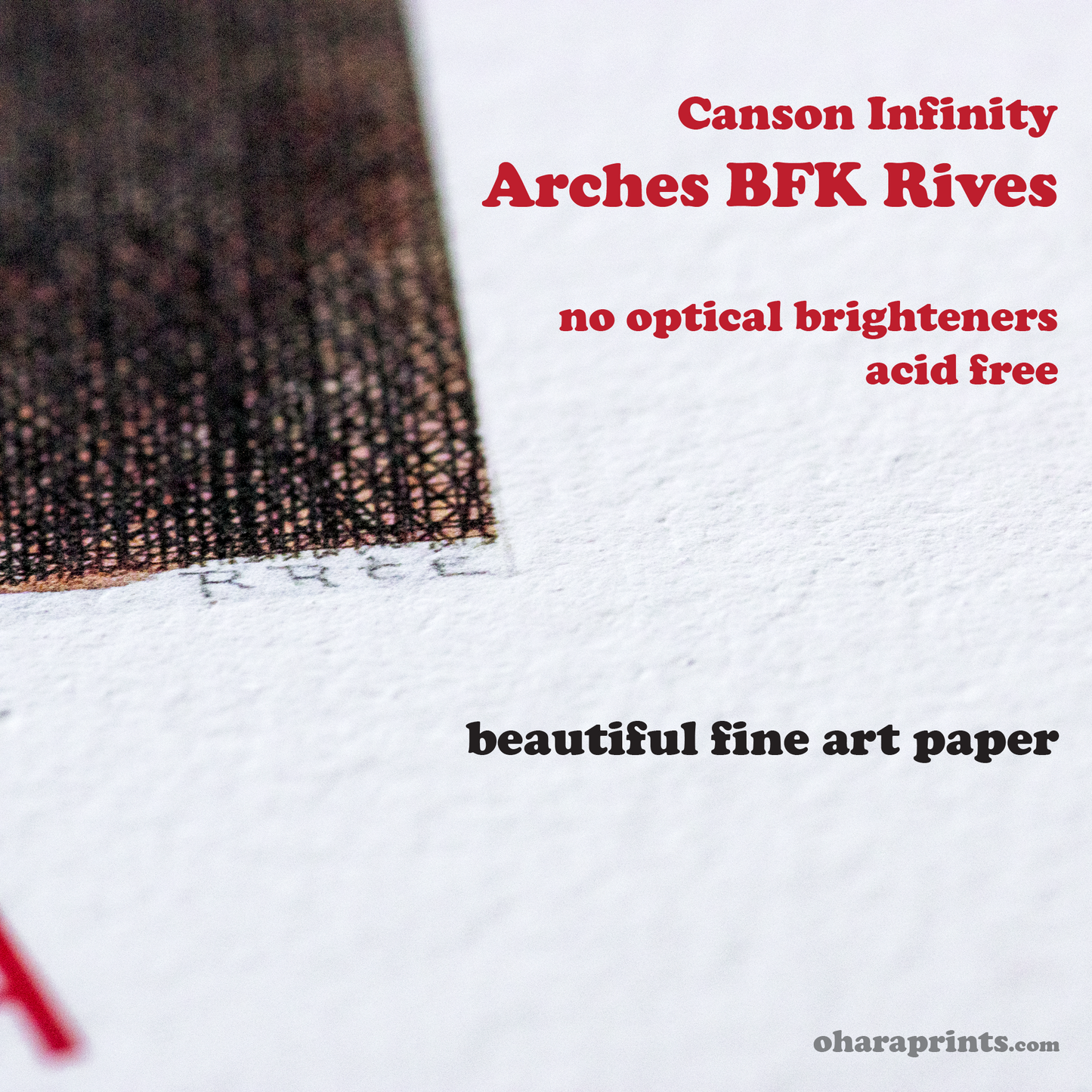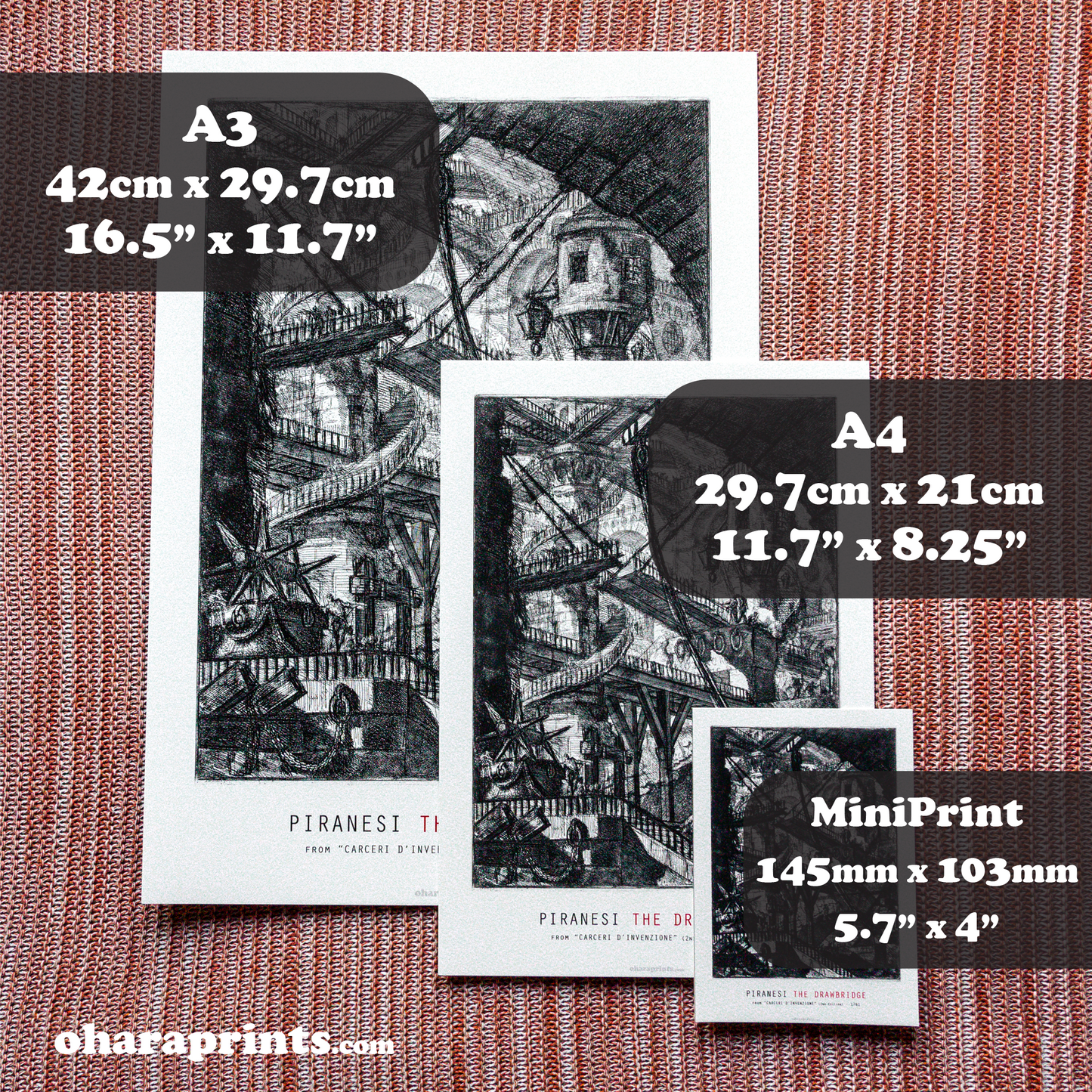Ohara Prints
SUZUKI HARUNOBU - Plucking a Branch from a Neighbour's Plum Tree
SUZUKI HARUNOBU - Plucking a Branch from a Neighbour's Plum Tree
Couldn't load pickup availability
THE ARTWORK
"Plucking a Branch from a Neighbour's Plum Tree" is one of Suzuki Harunobu's famous woodblock prints, exemplifying his refined bijin-ga (images of beautiful women) style. Created in 1768, the scene features one woman standing on the back of another to reach a blossoming plum tree branch, which adds an element of playfulness and intimacy to the composition. The woman who is being used as a step supports her companion with grace, while the other reaches up for the plum branch, symbolizing a gesture of romantic pursuit or desire, a common theme in Edo-period art.
Harunobu's use of soft colors and flowing lines emphasizes the harmonious relationship between the two figures, whose elegant kimonos and delicate poses convey a sense of refined beauty. The plum tree, a symbol of love and renewal in Japanese culture, plays a central role in this work. The print captures a moment of everyday life, infused with subtle emotions and aesthetic grace, highlighting Harunobu's skill in portraying both physical and emotional balance.
THE ARTIST
Suzuki Harunobu (c. 1725–1770) was a pioneering Japanese ukiyo-e artist, credited with popularizing full-color woodblock printing, known as nishiki-e. Prior to Harunobu, ukiyo-e prints were typically produced in black and white or with limited hand coloring. His innovation in multi-colored printing in the 1760s revolutionized the art form, allowing for more vibrant and detailed images.
Harunobu is best known for his elegant depictions of beautiful women, or bijin-ga, as well as scenes from classical literature and daily life. His works often portrayed delicate, slender figures with graceful postures, set against finely detailed backgrounds. Harunobu's subjects were drawn from various social classes, including courtesans, actors, and common people, reflecting the cultural vibrancy of Edo-period Japan.
He was also known for producing calendar prints, which were small, privately commissioned pieces containing hidden dates. His work had a lasting influence on subsequent ukiyo-e artists, such as Kitagawa Utamaro and Katsushika Hokusai. Harunobu’s ability to blend traditional Japanese aesthetics with new printing techniques made him one of the most important figures in ukiyo-e, leaving a legacy that shaped the development of Japanese art.
THE PRINT
• A4 Size = 29.7cm x 21cm = 11.7" x 8.25"
• A3 Size = 42cm x 29.7cm = 16.5" x 11.7"
• High resolution giclée print - 600dpi
• Printed to order
• Unframed & unmounted
• Professionally printed using Canon imagePROGRAF printers
• Digitally restored by OharaPrints from high resolution scans of the original artwork
• Made in and shipped from Casterton, Victoria, Australia
PAPER
• Canson Infinity - Arches BFK Rives White
• Paper weight = 310gsm
• 100% cotton
• Archival, museum grade
• Acid free
• No OBAs (optical brightening agents)
Arches BFK Rives is a high-quality, archival-grade paper manufactured at the Arches paper mill in France - one of the oldest papermakers in Europe. It is made from 100% cotton rag using a time-honoured manufacturing process, giving the paper exceptional durability, longevity, and resistance to yellowing or deterioration over time. Despite its substantial weight and thickness it maintains a very soft and supple feel. The paper has a natural white tone and is completely free of any optical brighteners (OBAs), allowing for superb colour rendition and deep blacks.
INK
• Canon Lucia Pro Inks
• Pigment based
• Archival, museum-grade
• Brilliant colours, even gradient and razor-sharp lines
• Highly stable and fade resistant, excellent humidity-fastness
SHIPPING & HANDLING
• All orders are dispatched on the NEXT BUSINESS DAY after receiving the order
• All prints are shipped via AUSTRALIA POST with TRACKING
• For postage rates and estimated delivery times please see our SHIPPING page
• All prints are shipped flat, not rolled
• Each print is individually placed into a resealable, archival grade plastic protective sleeve
• Prints are carefully packaged in very sturdy 700gsm cardboard envelopes, along with 1050gsm boxboard sheets which provide extra strength & rigidity to prevent bending or folding during transit
Share




















